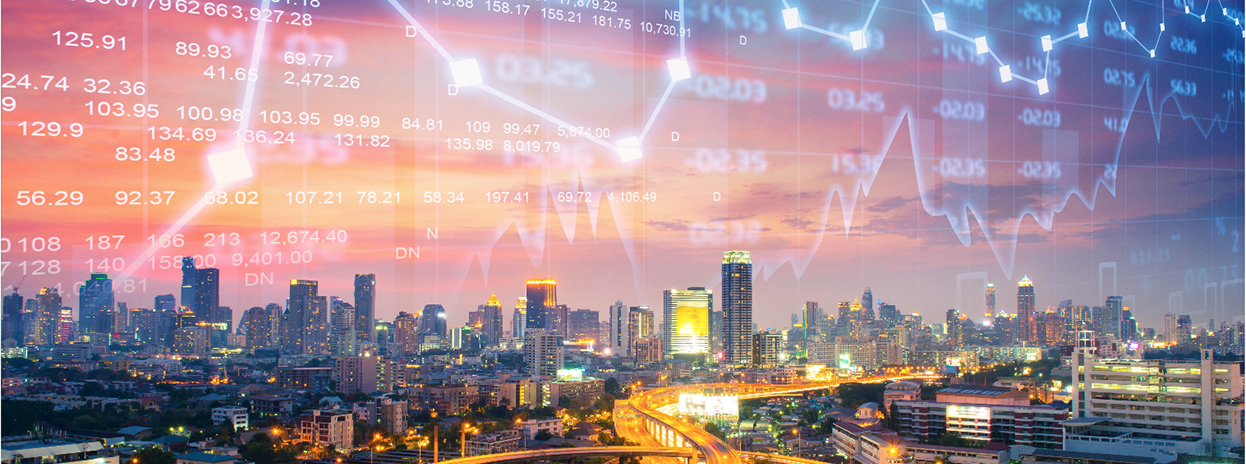Economic Update – September 2018
Within this month’s update, we share with you a snapshot of economic occurrences both nationally and from around the globe.
US trade deals
– US strikes a deal with Mexico over trade
– Global growth under control
– Australia gets yet another PM!
We hope you find this month’s Economic Update as informative as always. If you have any feedback or would like to discuss any aspect of this report, please contact your Financial Adviser.
The Big Picture
The US reported progress on trade talks with the EU. Then the US struck a trade deal near the end of August with Mexico – and markets loved it. But then Trump talked of leaving the World Trade Organization (WTO) and the market pulled back a fraction. Big US tariffs on China imports are due to be imposed by September 6th if a deal isn’t struck before.
Such is the Trump style of negotiating – big threats followed by deals. All this trade talk means short term volatility and long term growth. The US quarter two economic growth statistic was just revised up to 4.2% from 4.1% and recent China trade data were robust to the trade chatter.
The US Fed’s preferred measure of inflation just came in at 2% – in the sweet spot. Chairman Jay Powell stated that the US economy is not overheating but the Fed is expected to raise rates a notch in September and possibly once more in December. All this hiking does is to get the rate back to the so-called ‘neutral rate’. Monetary tightening only occurs if the rate is pushed up above the neutral level and that’s not expected until at least mid 2019.
In spite of the S&P 500 reaching new highs at the end of August we see no reason to start reducing US equity exposure. But, of course, we monitor the situation.
The Bank of England raised its rate for the first time since the GFC. The economy was looking in a bit of trouble until last week when hope of a Brexit deal was heightened by favourable comments from Europe.
On the other hand, the Reserve Bank of New Zealand pushed back its forecast for its next rate hike until quarter three, 2020. We read all of these signals as showing that central banks are reacting in measured steps that can support continued synchronised global growth.
There are some difficulties in emerging markets. The Venezuelan and Turkish economies are still struggling and Argentina just raised its interest rate from 45% to 60%! We do not expect these emerging market issues to impact on global growth. China is ready to act when needed and President Xi was admonished for being too aggressive over US trade talks.
At home our jobs’ report was very solid. The unemployment rate at last fell and full-time employment growth started to improve.
Perhaps a better sign for our economy has come from the listed companies’ reporting season that just concluded. There have been many ‘beats’ where companies have improved earnings over expectations and their share prices have been justly rewarded. Of course some companies under-performed and some of these share prices were savaged.
August was a positive month for the ASX 200 index but fund managers and investors could easily have found themselves well above or below the index depending upon the positions they took – such was the dispersion of stock returns.
While the Reserve Bank of Australia (RBA) has been on hold for two years and expected to do so for many more months, Westpac just raised its flagship home loan rates by 0.14% points. Because banks do not borrow funds from the RBA to disperse to home loans, they must refer to their actual costs of funding. Much of this funding comes from overseas and those rates have been drifting higher.
After a number of surprise moves in Canberra, Australia now has a new prime minister in Scott Morrison. Unlike one of the contenders, Peter Dutton, Morrison is expected to continue the current thrust of policy but with a more elector-friendly spin.
Asset Classes
Australian Equities
Our ASX 200 just completed its fifth successive month of capital gains – putting such slogans as “sell in May and go away” in the place they deserve to be. Indeed, three sectors (Health, IT and Telecommunications) produced double digit returns in August alone. The Materials sector was the biggest loser.
With the August reporting season all but complete, and recent earnings strong, the index looks set to continue modest rises into at least the end of the current financial year. There have not yet been any signs of material changes for earnings’ prospects as summarised by consensus forecasts.
Foreign Equities
The US’ S&P 500 has also enjoyed five successive months of capital gains and its bull run – now the longest in recorded history – looks set to continue. The new all-time high of just above 2,900 is well short of the 3,030 ‘sell signal’ we are using as a guide until the end of 2018.


